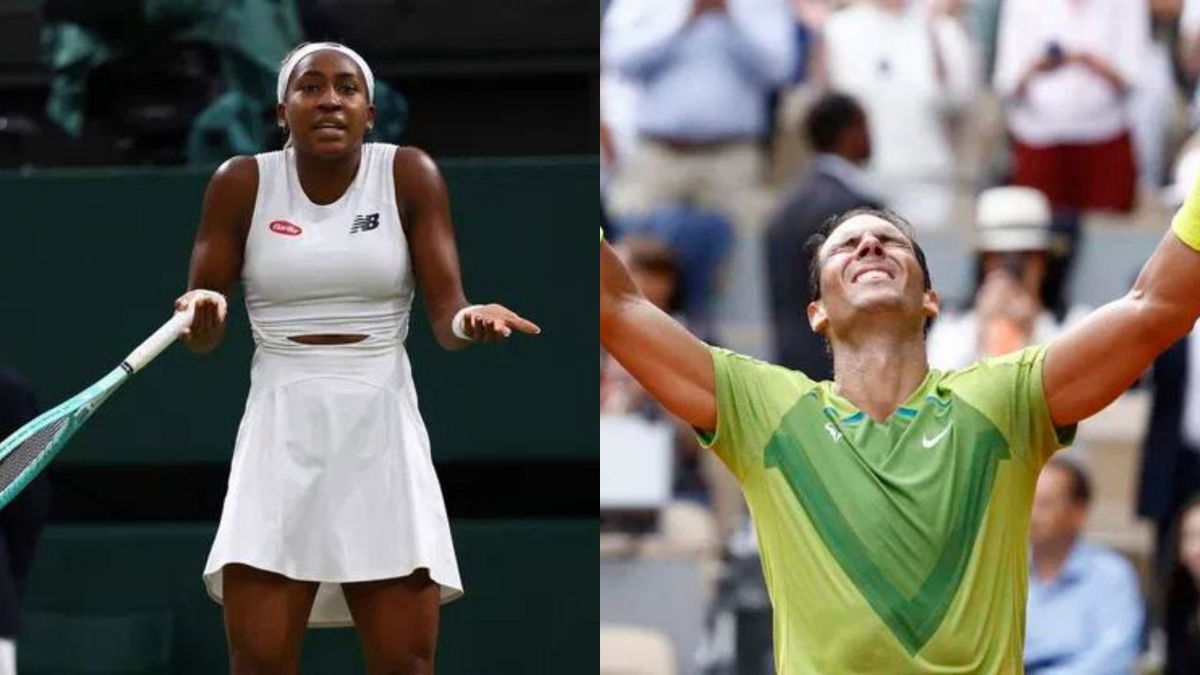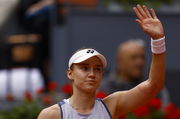

The tennis world is on the cusp of a major overhaul. Fresh from their Canadian Open triumphs, Alexei Popyrin and Jessica Pegula are now vying for Cincinnati glory. But the landscape of these tournaments will dramatically change next year with a new format. This seismic shift has prompted Coco Gauff’s coach, Brad Gilbert, to reflect on a once-dominant strategy that Rafael Nadal turned to his advantage.
Watch What’s Trending Now!
In March this year, the ATP Tour announced significant changes to its calendar for next year. The Canadian and Cincinnati Masters 1000 events will expand to 12 days each. Last year, it was the Italian Open, Madrid Open, and Shanghai Masters that experienced a similar change. But now, this has reached Cincinnati and Canada too, ultimately making seven out of nine Masters tournaments follow the same rule.
The 12-day format, modeled after Miami and Indian Wells, seeks to improve the tournament experience. However, concerns linger about its impact on player performance and the potential for back-to-back titles, a question raised by Gauff’s coach, Gilbert. “Will be interesting 🤨 to see how the results play out next year, when both go to 12 day tournaments 🏟 like the sunshine ☀️ double,” he wrote on his X on August 15th.
ADVERTISEMENT
Will be interesting 🤨 to see how the results play out next year, when both go to 12 day tournaments 🏟️ like the sunshine ☀️ double
— Brad Gilbert (@bgtennisnation) August 14, 2024
Historically, the grueling schedule and quick turnaround between these consecutive events have posed challenges for athletes and we have seen players complain about it many times. “Our calendar is crazy, probably the toughest one in sports,” Iga Swiatek told the Cincinnati Press a few days ago. Some top players also withdraw from back-to-back tournaments so as not to get injured and sick while playing near about 80 matches a year.
Take Ons Jabeur as an example, who had to withdraw from the Cincinnati event owing to her shoulder injury. Therefore, as the recovery time shortens and the pressure increases, Gauff’s coach’s concern about more players not being able to play both events is hard to overlook. However, one name in this category might prove to be an exception.
ADVERTISEMENT
Nadal, who had a major comeback season in 2013 after not playing in the latter half of 2012, conquered both the Cincinnati Masters and the Canadian Open! Along with both of them, he even won the U.S. Open that year, thus completing the Summer Slam! Nadal has become the third player to accomplish this feat, following in the footsteps of Andy Roddick and Patrick Rafter. Therefore, the term “impossible” to win these consecutive tournaments might not entirely apply in this case.
But still, there’s no denying the difficulties involved, as Gauff’s coach pointed out. And even the top players, like Swiatek, are coming up to address this issue.
ADVERTISEMENT
Swiatek speaks of the physical and mental toll owing to scheduling in tennis
Swiatek’s historic clay court season is something that we have all witnessed with awe! First at the Madrid Open, then the Italian Open, and then Roland Garros, the 23-year-old player, has won all three titles this season. However, as the season proceeded, we saw her struggle at Wimbledon and at the Paris Olympics. Now, as she goes ahead for her upcoming match in the Cincinnati Masters, Swiatek revealed the physical and mental toll that the tight schedules have on players.
“..There are sports that are really tough because, physically, you might get beat up. But most sports have four months off, sometimes even six. Our schedule is crazy, and it’s getting more crazy every year, which is scary. You just have to train wisely.”
ADVERTISEMENT
The Polish player who had a semifinal run in Cincinnati last year perfectly defines the problematic scheduling issues in tennis. Now, as more and more voices unite on this issue, hopefully it will bring a necessary change that the tennis world desires to have.
Top Stories
Carlos Alcaraz’s Split With Coach Resulted From ‘Major Disagreements’ With His Father

2x Grand Slam Champion Blames Polina Kudermetova’s Partner for Her Citizenship Switch

Elena Rybakina Makes Brutally Honest Confession About Herself: “Not Going to Scream”

Tennis Legends Set for Surprise Return to the Court in 2026 Featuring Roger Federer, Serena Williams & Others

Alexandra Eala Ends Nation’s 26-Year Drought With Historic Gold

ADVERTISEMENT
ADVERTISEMENT
ADVERTISEMENT

